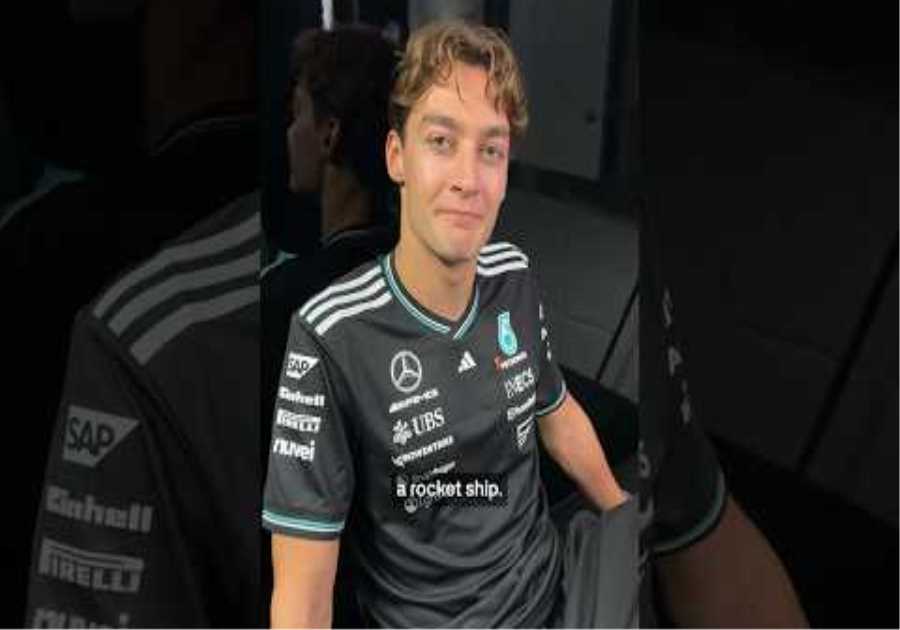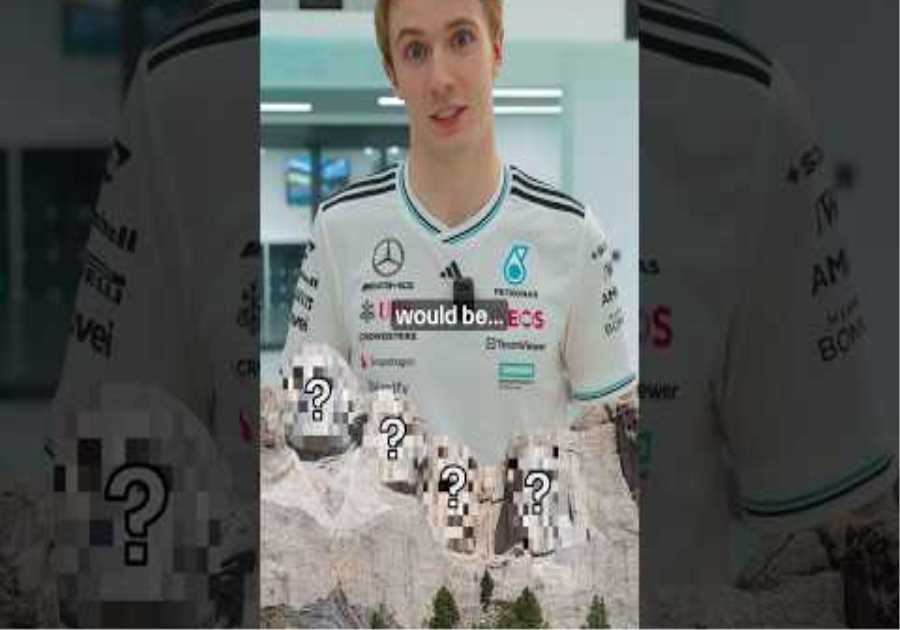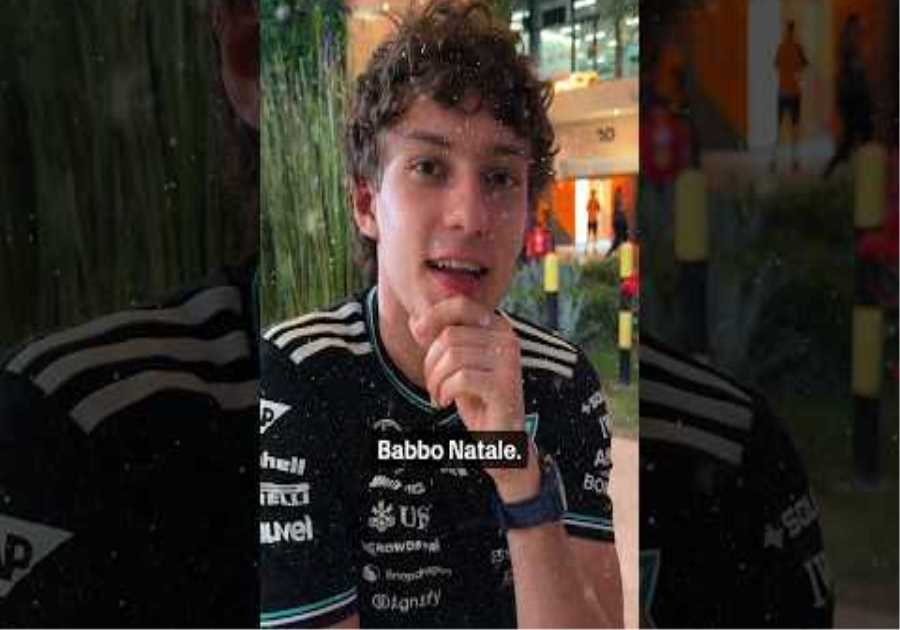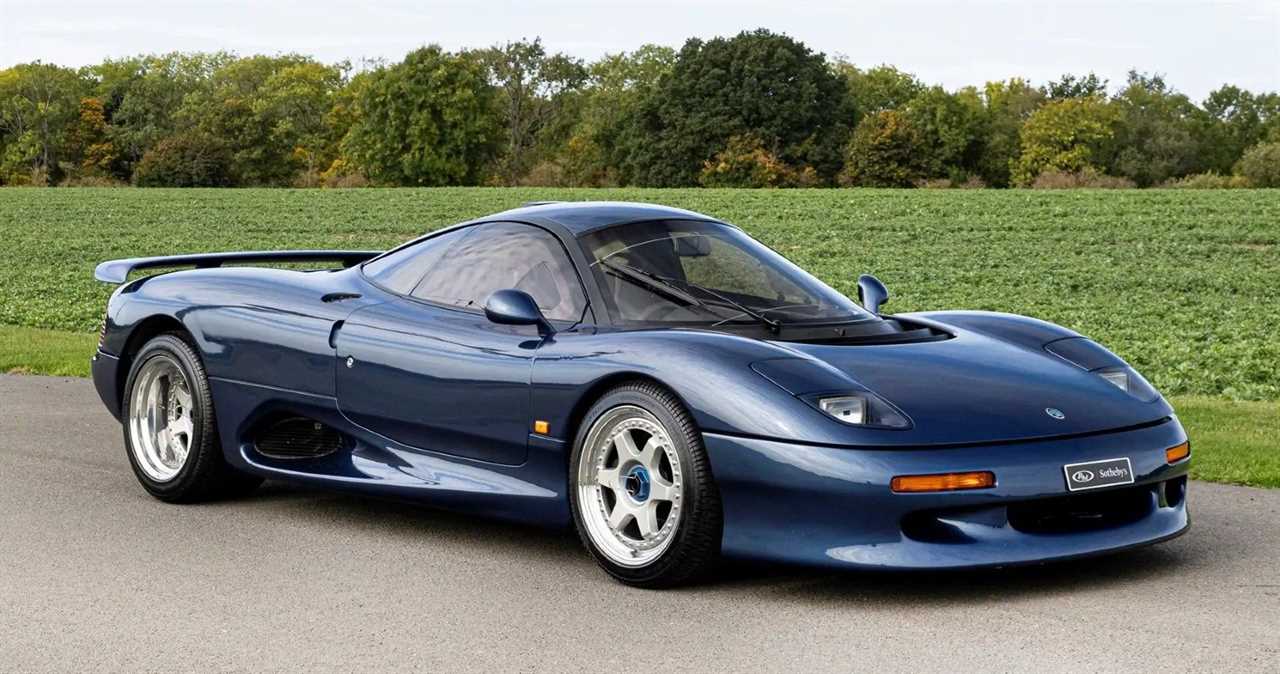
Originally known by the code-name ‘R9-R’, the Jaguar XJR-15 was the result of a joint collaboration that took place in the late 1980s and early 1990s between British automotive manufacturers, jaguar (Jaguar Cars), in collaboration with a motor racing team, and engineering firm known as Tom Walkinshaw Racing (TWR).
While plenty of fantastic automobiles were constructed in the 90s, there are several reasons as to why the XJR-15 stands out from the crowd. Perhaps one of the most intriguing aspects of the XJR-15 is the fact that it was the world’s very first road car constructed entirely out of carbon fiber and Kevlar materials, even before the highly praised McLaren F1.
Contemporaneously, British car designer, Peter Stevens, who is responsible for the styling of the F1, also created the beautiful lines seen on the XJR-15. Due to the very limited production of the XJR-15 (52 units), it’s a car that is often forgotten about when the discussion of the greatest sports cars of the 1990s takes place.
The XJR-15 Competed In A Single-Make Racing Series
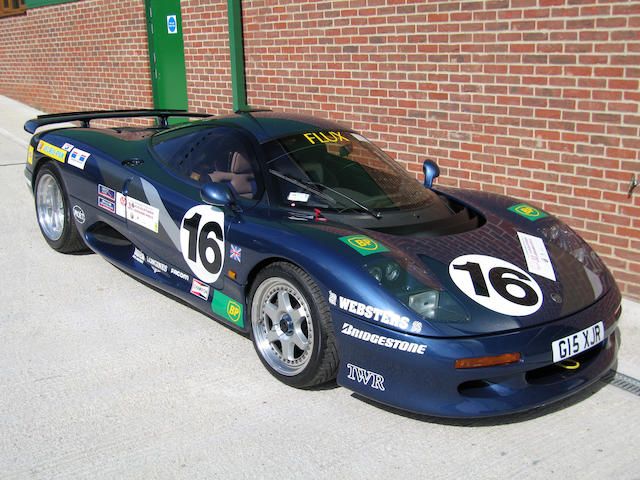
One of the purposes behind the development of the Jaguar XJR-15 was to utilize the cars for racing, and because of this, each XJR-15 example got built to race specifications from the factory. A number of XJR-15 examples were later converted to ‘road-specification’, however, a total of 16 XJR-15 examples raced in a single-make racing series known as the Jaguar Intercontinental Challenge, a support event for three 1991 Formula One Grand Prix. The 16 examples raced at some of the world’s most popular tracks including Monaco, Silverstone, and Spa, and a handful of well-known drivers participated including Australian professional racing driver, David Brabham, and former Argentine racing driver, Juan Manuel Fangio II.
A Limited Run Of Five XJR-15s Were Specially Converted To LM Specification
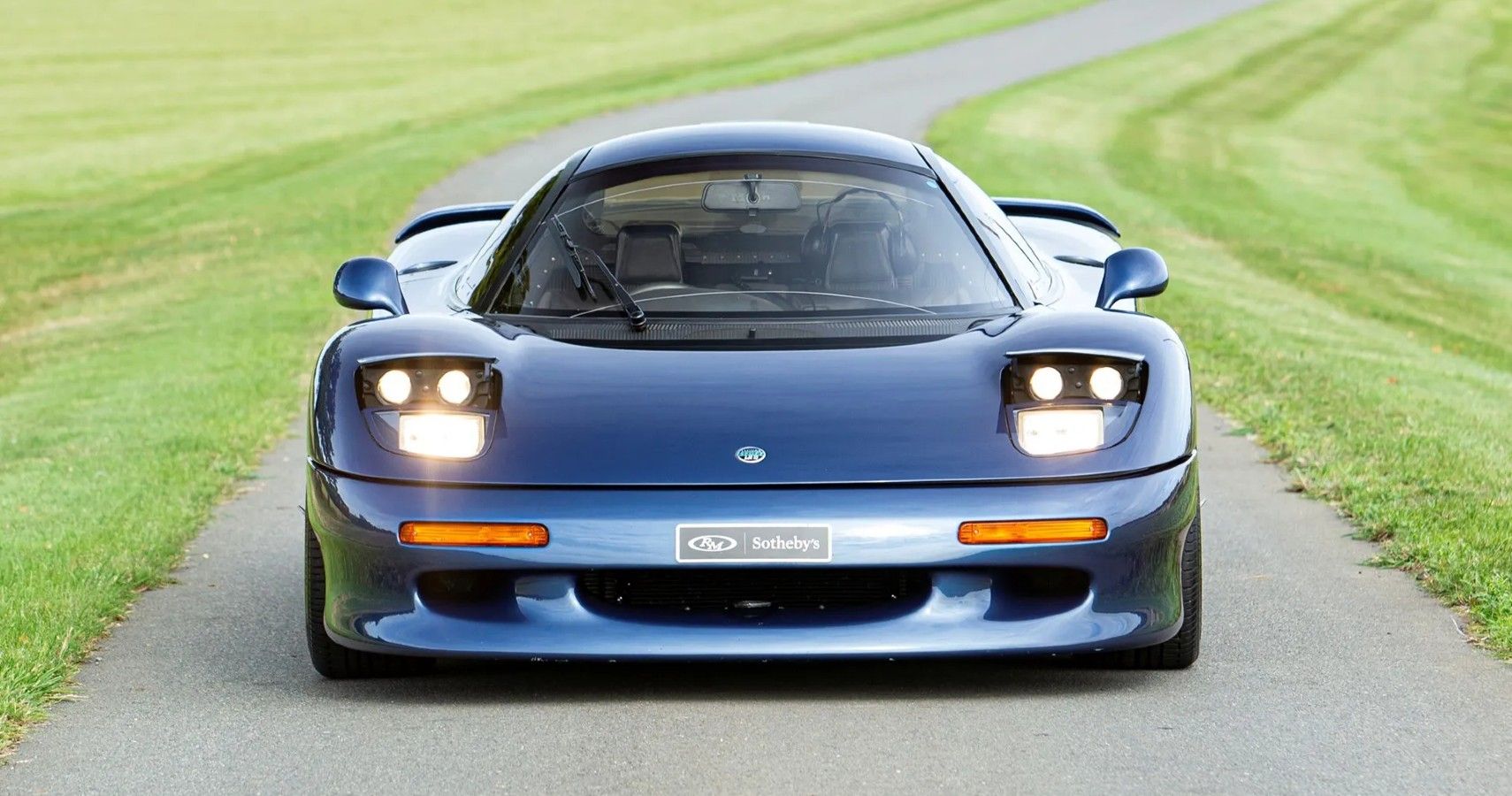
Towards the end of production for the XJR-15, a series of approximately 5 total examples got converted to ‘LM Specification’ for a very special client of Jaguar Sport and Tom Walkinshaw Racing.
Each example boasted brand-new aerodynamics and bodywork, as well as a new 1991-spec LM 7.4-liter ‘Group C’ V12 engine, said to be capable of around 730-740 horsepower. The standard XJR-15 cars were originally equipped with a 6.0-liter naturally aspirated V12 engine that develops 450 horsepower. The engine used in the ‘LM’ cars apparently had a short lifespan of around 3,728 miles, and it’s believed that only around 10% of the parts are transferable from the XJR-15 to the XJR-15 LM, and vice versa. Each ‘LM’ began its life as a standard XJR-15, but at least 5 cars were converted by Neil Smith for particularly one special client.
The XJR-15 Is A Race Car For The Road
Automotive enthusiasts around the world love to define visceral, performance-oriented road cars as ‘race cars for the road’. This is usually due to the experience, and performance of the vehicle sharing reminiscent qualities to something you’d find out on the track instead. In the case of the XJR-15, this is truly the purest definition of being able to drive a race car legally on public roads. Due to the lack of sound insulation, an in-car headset system came with the XJR-15, giving the passengers some ability to converse over the howling noise of the 6.0-liter Jaguar V12 engine.
There aren’t many road-legal machines in the world equipped with an engine like the one that’s found in the XJR-15. The heart of the XJR-15 is a 6.0-liter, 450 hp naturally aspirated 24-valve Jaguar V12 engine with an electronically managed fuel injection system and a ‘fly-by-wire’ throttle. The standard transmission offered was a TWR unsynchronized six-speed manual transmission, and the entire car was mechanically based on the Tony Southgate-designed Le Mans winning Jaguar XJR-9 race car.
Only 52 Examples Built For The Entire World
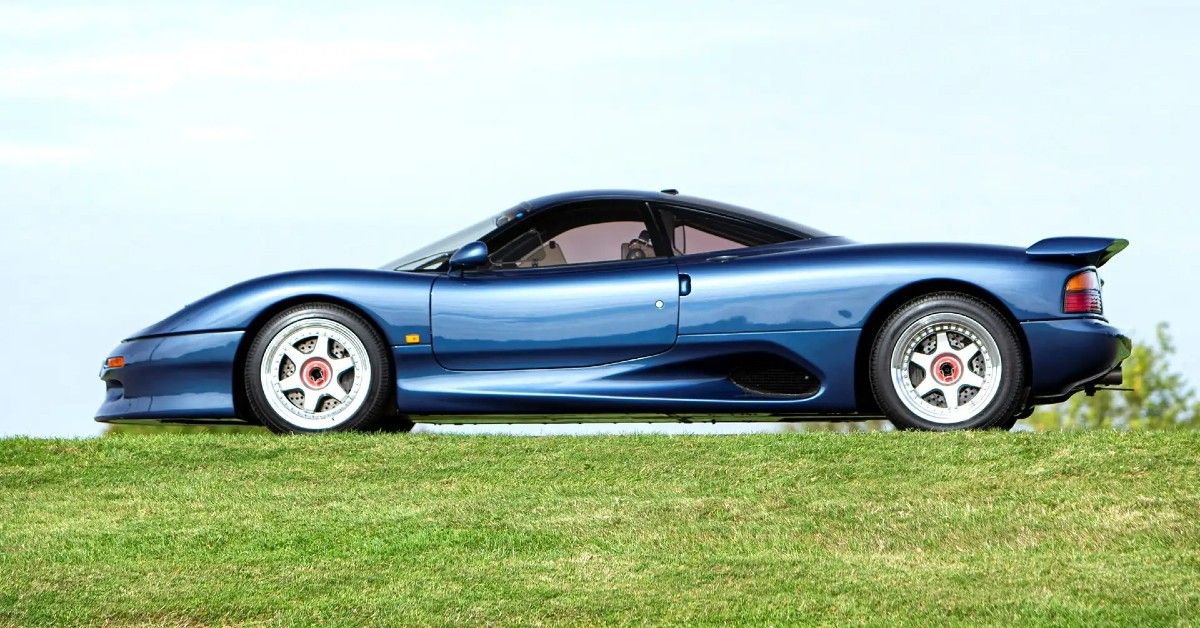
While many sources report a wide variety of different production numbers for the XJR-15, the most sound number comes from the car’s designer, Peter Steven’s, who claims a total of 52 examples were ever produced for the world, which includes 2 prototypes.
Despite each XJR-15 being identical in mechanical build from the beginning, over the years, a number of them were later converted for road-use, and a small fraction of them received the ‘LM’ treatment. The number 52 includes every variation built, race, road, and LM, as well as the two R9-R prototypes that were also developed. Most of the XJR-15 examples got finished in blue from the factory, however, a few very special examples received unique colors such as yellow, green, black, and other vibrant colors.
The XJR-15 Is The World’s First Road Car Built Using Carbon Fiber And Kevlar
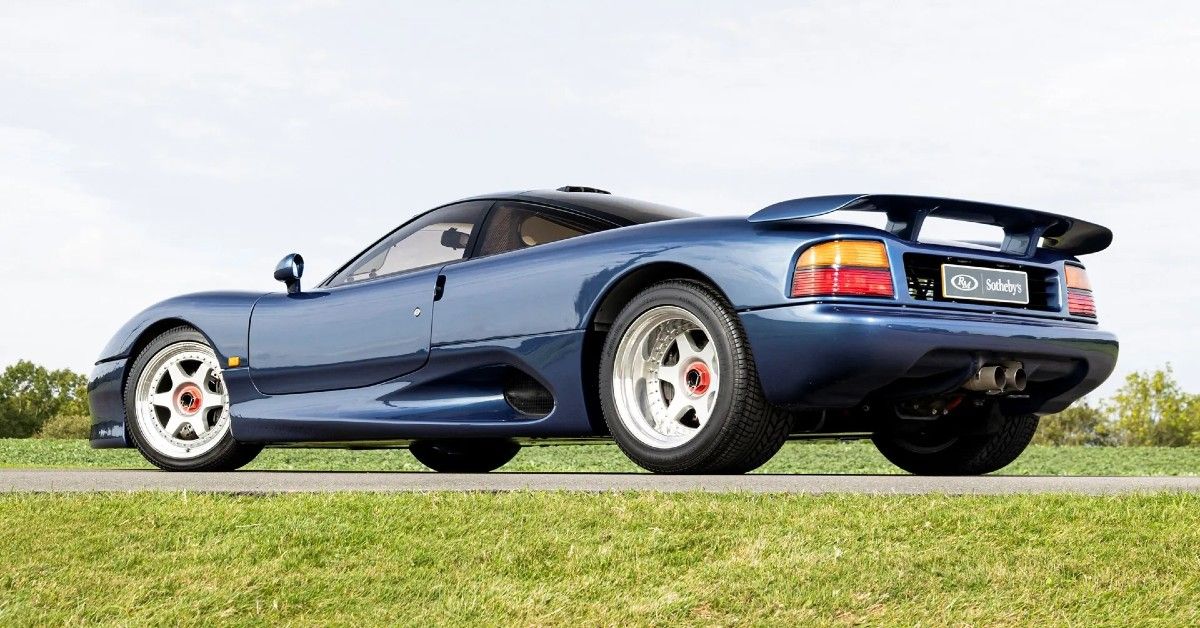
With no official involvement from Jaguar themselves at the time, Jaguar Sport, the joint venture subsidiary company between Jaguar Cars and Tom Walkinshaw Racing, developed the world’s very first road-car built entirely out of carbon fiber and Kevlar composites.
While automotive enthusiasts around the world consider the mighty McLaren F1 as one of the greatest cars to come out of the 1990s, it’s important to note that these construction techniques weren’t utilized on the F1 model until 1992, making the XJR-15 the very first of its kind. With 0-60 mph taking just about 3.3 seconds, and a top speed of approximately 215 mph, the Jaguar XJR-15 is not only one of the most forgotten supercars of the 1990s, but also one of the greatest as well.
Sources: Fastest Laps
Did you miss our previous article...
https://formulaone.news/mclaren/buckle-up-for-pit-changes


